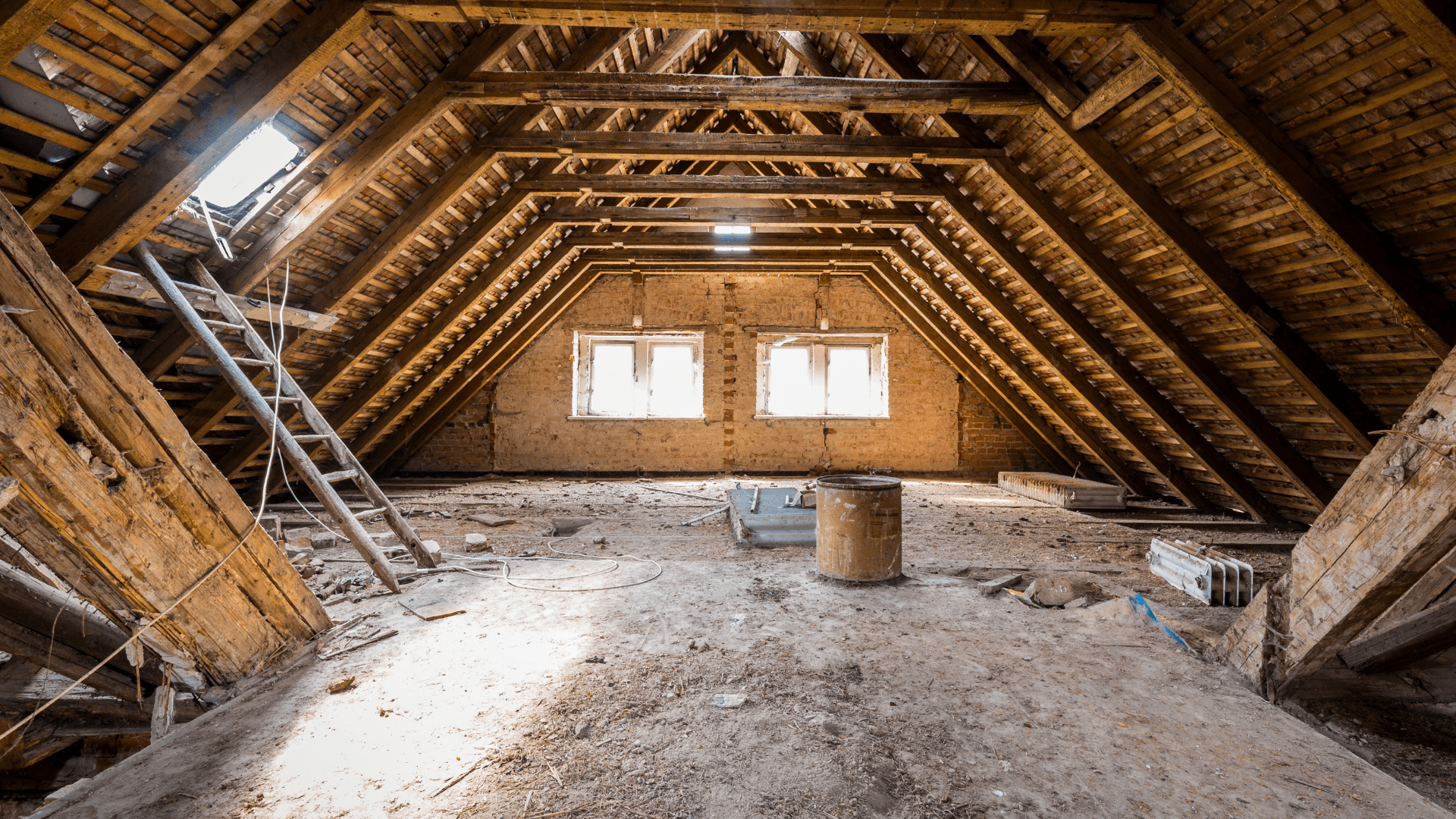When talking about home improvement, especially in areas vulnerable to moisture, understanding mold resistant insulation options becomes crucial. Selecting the right insulation can greatly benefit homeowners and businesses by ensuring a healthy and efficient living or workspace. This article dives into available choices and highlights the importance of using the right insulation.

The Importance of Mold Resistance
Mold not only causes structural damage but also poses serious health risks. For those sensitive to allergens and toxins, mold exposure can lead to respiratory issues, skin allergies and more. To prevent mold growth, particularly in humid climates, choosing the right mold resistant insulation options is essential.
Types of Mold Resistant Insulation
Spray Foam Insulation
Spray foam serves as a fantastic barrier against moisture, reducing the likelihood of mold growth. It’s perfect for sealing small gaps and cracks, offering superior thermal resistance. Read more about different insulation types on Blown-In vs. Batt Insulation.
Fiberglass Insulation
While traditionally not mold-resistant, adding a mold inhibitor can make fiberglass a great option. It’s essential to install it correctly to ensure no moisture gets trapped.
Rigid Foam Board Insulation
Known for its durability, rigid foam board is inherently more resistant to water and moisture, making it a popular choice for basements and crawl spaces.
Comparing Insulation Effectiveness
When assessing insulation options, one must weigh the pros and cons of each type in terms of moisture resistance, cost-effectiveness, and installation ease. Visit our page on Attic Condensation for insights into preventing moisture problems.
Moisture and Mold
Moisture is the primary enemy in the fight against mold. Insulation that effectively repels water can significantly reduce mold risks. Looking to reduce moisture risks further? See our Crawl Space Maintenance Checklist for tips.
Installation Best Practices
Professional installation ensures maximum efficiency and longevity of your insulation. Improper installation can cause gaps allowing moisture infiltration. Our Attic Cleaning Guide offers more insights into maintaining a clean, mold-free space.
Role of Vapor Barriers
Vapor barriers can help manage moisture effortlessly. Ensure the chosen insulation type pairs well with the appropriate vapor barrier for best results.
Insulation Location Matters
The location of insulation installation is crucial. For areas like the attic, the right approach is key. Check out Signs of Mold in Attic to understand potential vulnerabilities.

Frequently Asked Questions
What is the best insulation to prevent mold?
The best insulation varies, but spray foam and rigid foam board stand out for their moisture-resistant properties.
Can insulation grow mold?
Yes, if insulation is improperly installed or exposed to constant moisture, mold can develop over time.
How does insulation affect energy efficiency?
High-quality insulation keeps your home energy-efficient by maintaining consistent indoor temperatures, leading to reduced energy bills.
With a variety of mold resistant insulation options, making the right choice can greatly influence your home’s safety and energy efficiency. Strategic decisions in insulation lead to healthier living spaces for all.
This article contains affiliate links. We may earn a commission at no extra cost to you.






